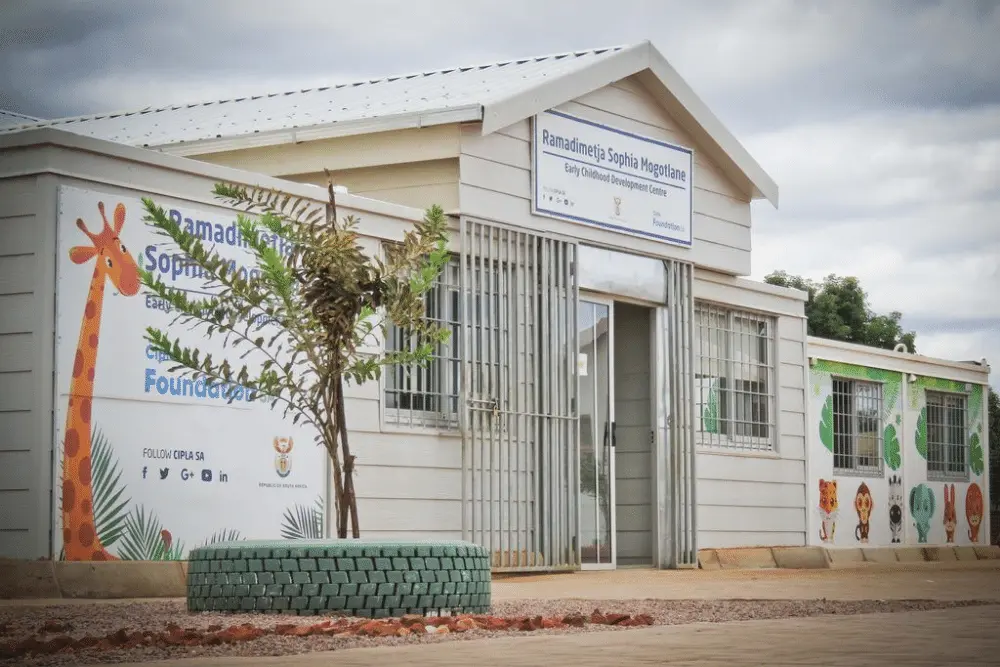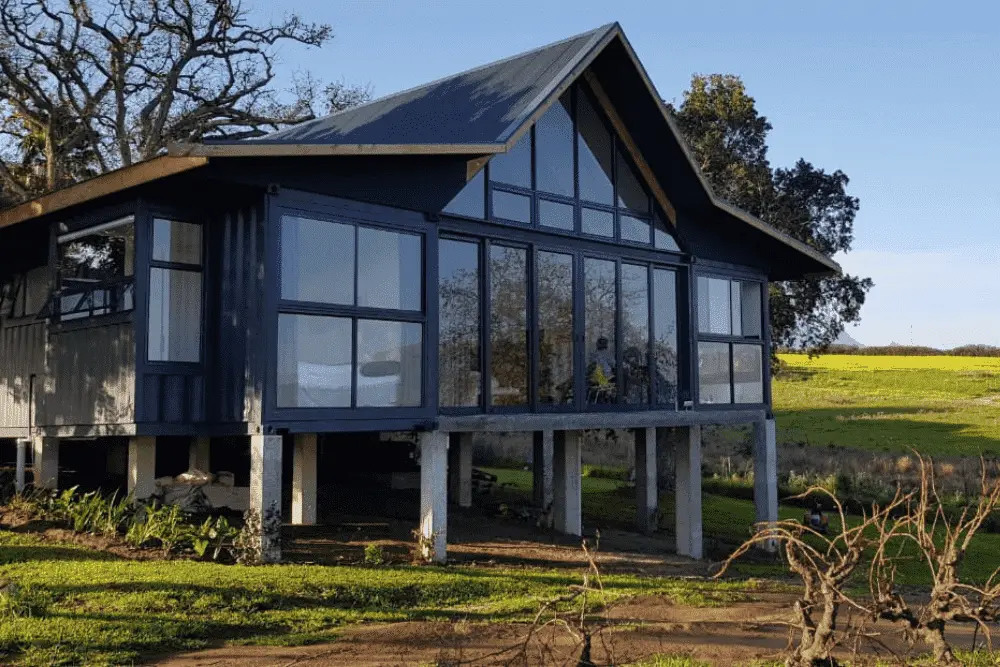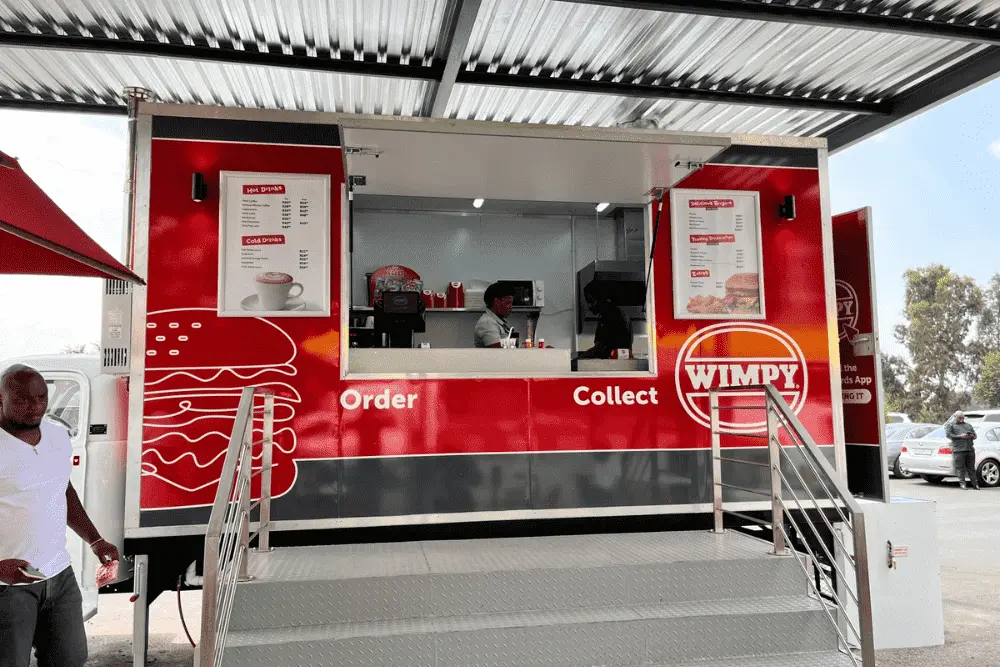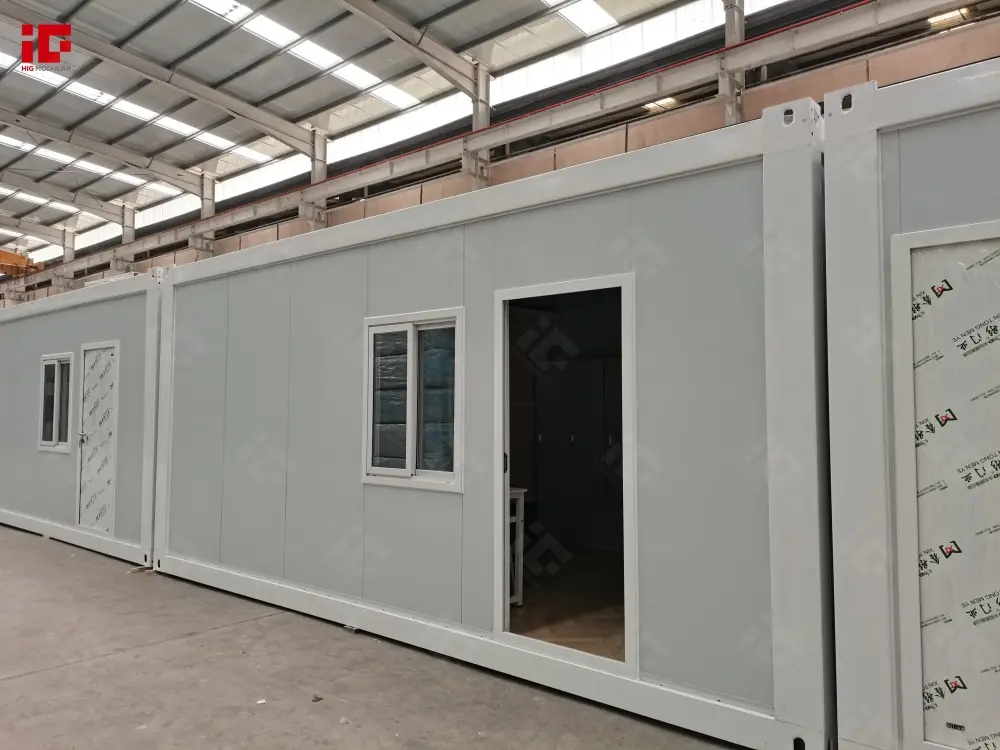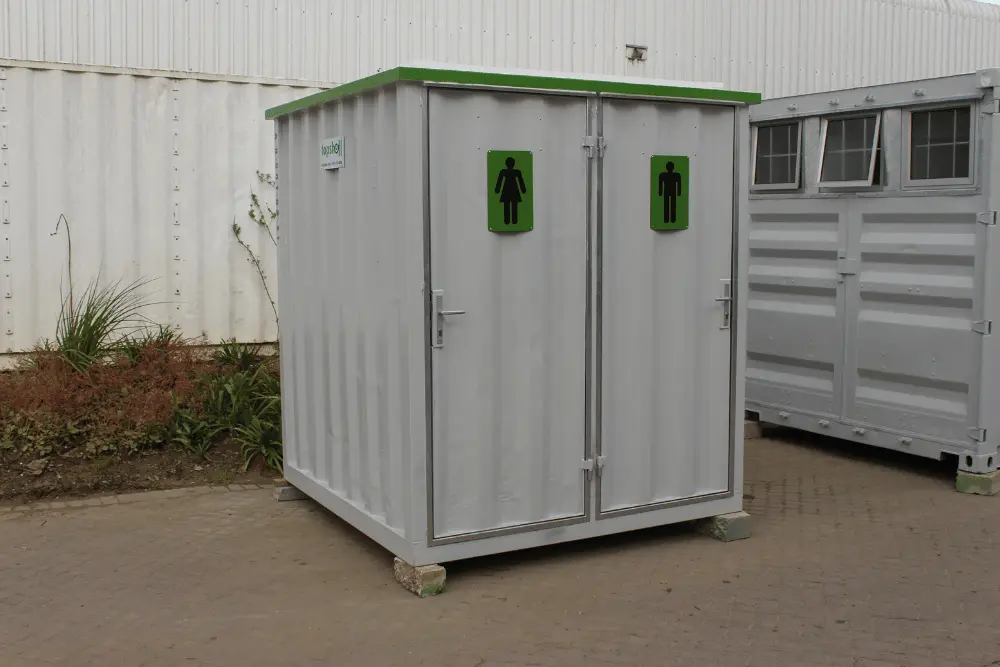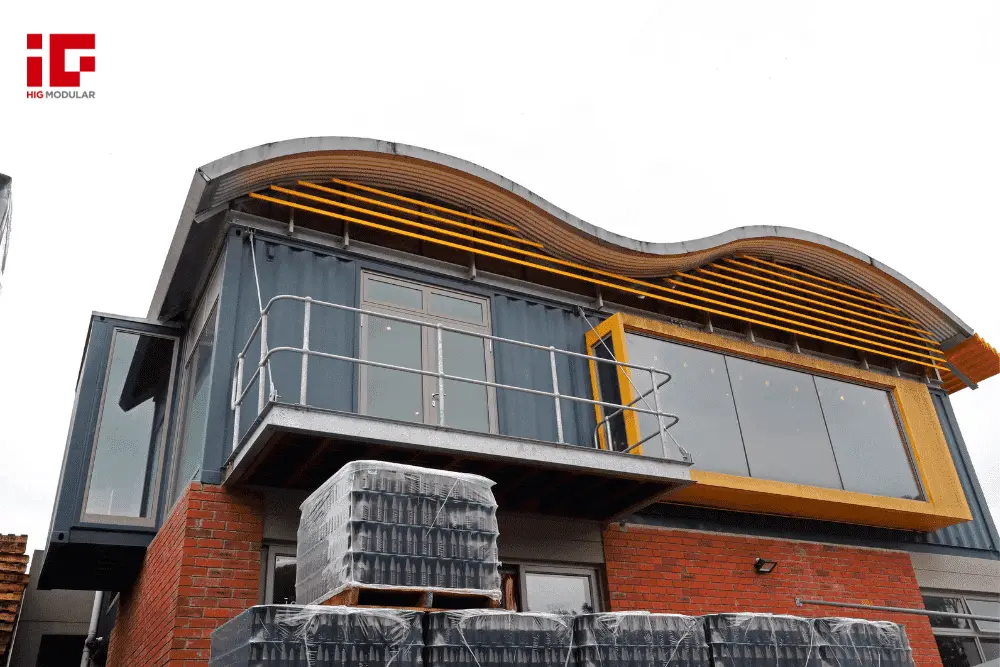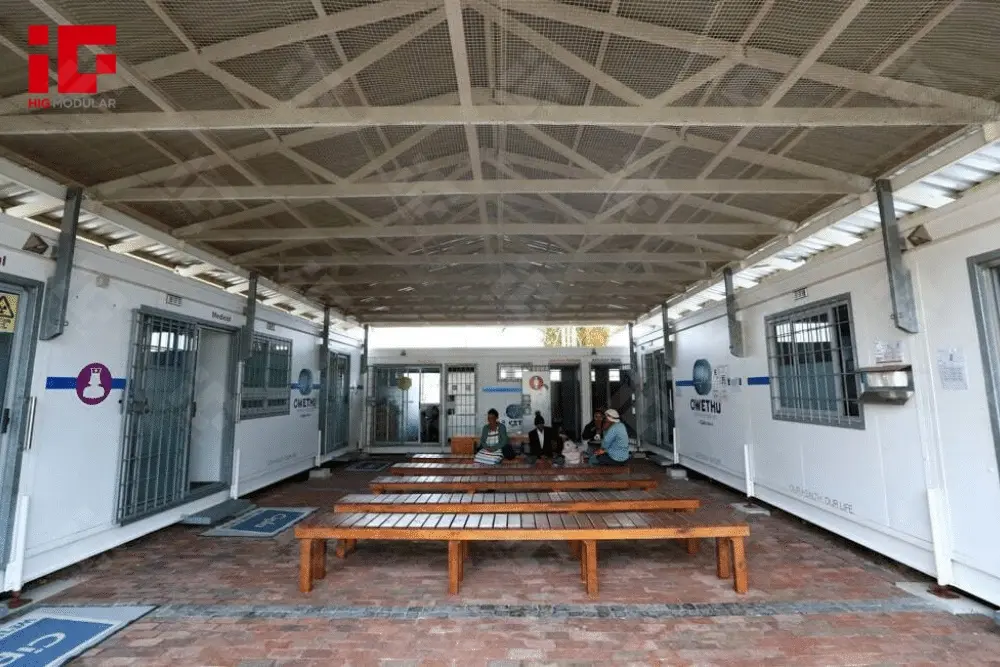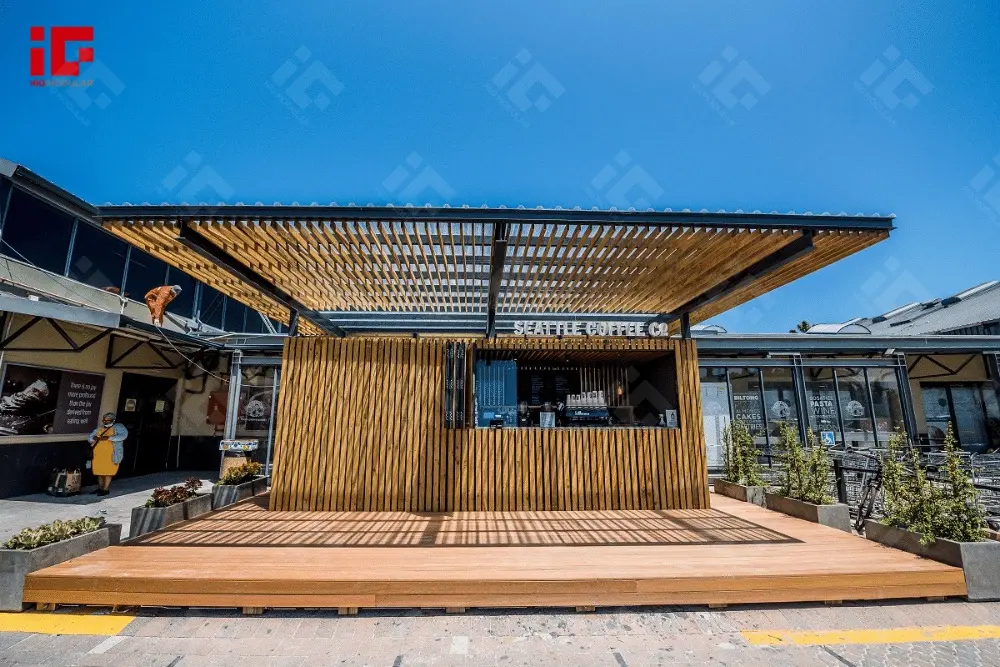News Categories
Featured News
0102030405
Flat Pack Container Homes: The Modular Revolution Reshaping Residential Architecture
2025-07-08
In the 21st century, urbanization, housing shortages, and climate urgency are forcing the construction industry to rethink traditional practices. Enter Flat Pack Container Houses—modular structures that blend innovation, efficiency, and sustainability. The two-story apartment complex in the image exemplifies this trend, showcasing how repurposed shipping containers, prefabricated off-site, are redefining modern living.
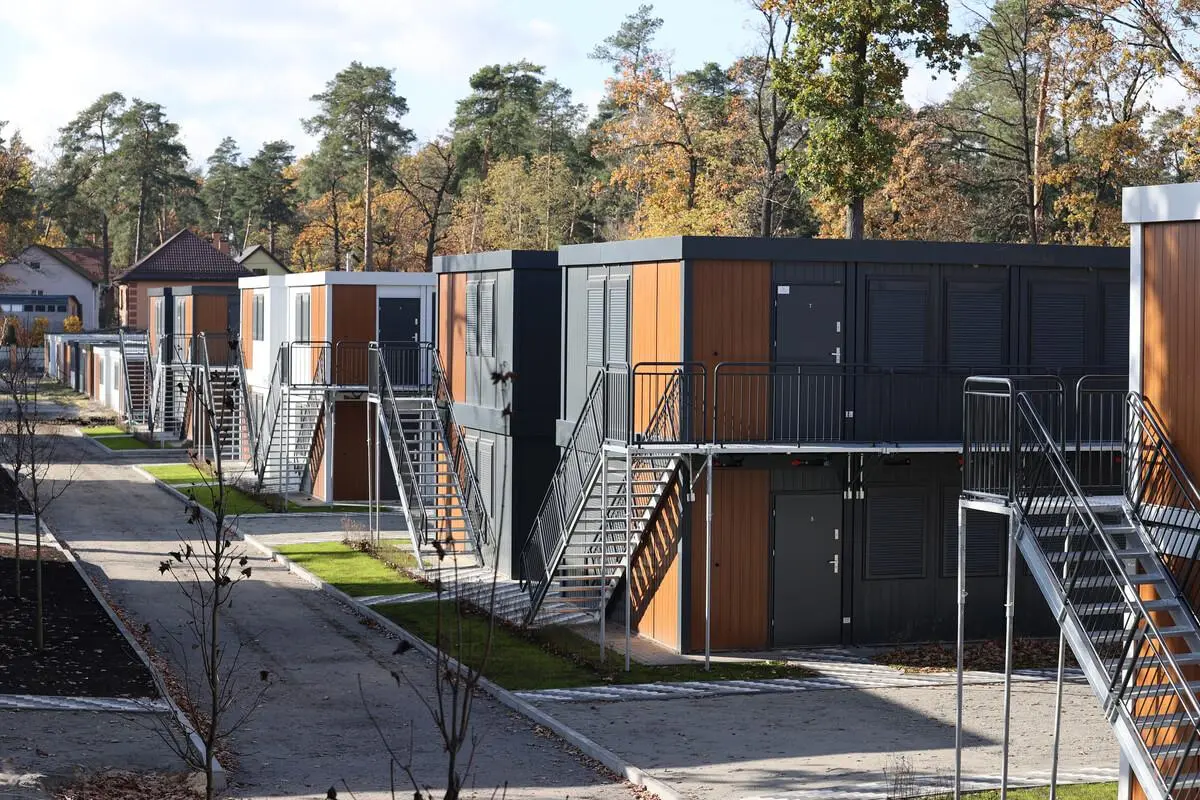
Decoding Flat Pack Container Houses
At first glance, flat pack Container Homes resemble conventional architecture. But their DNA is radical: factory-made modules are disassembled into flat components for cost-effective transport, then reassembled on-site. Unlike rigid shipping container conversions, flat pack systems offer unmatched flexibility. Manufacturers customize module sizes, layouts, and finishes, enabling designs from compact studios to multi-story complexes (like the project pictured).
Each module undergoes precision engineering: structural reinforcements ensure durability, while plumbing, wiring, and insulation are pre-installed. This off-site production minimizes errors, waste, and delays—key to their rapid rise.
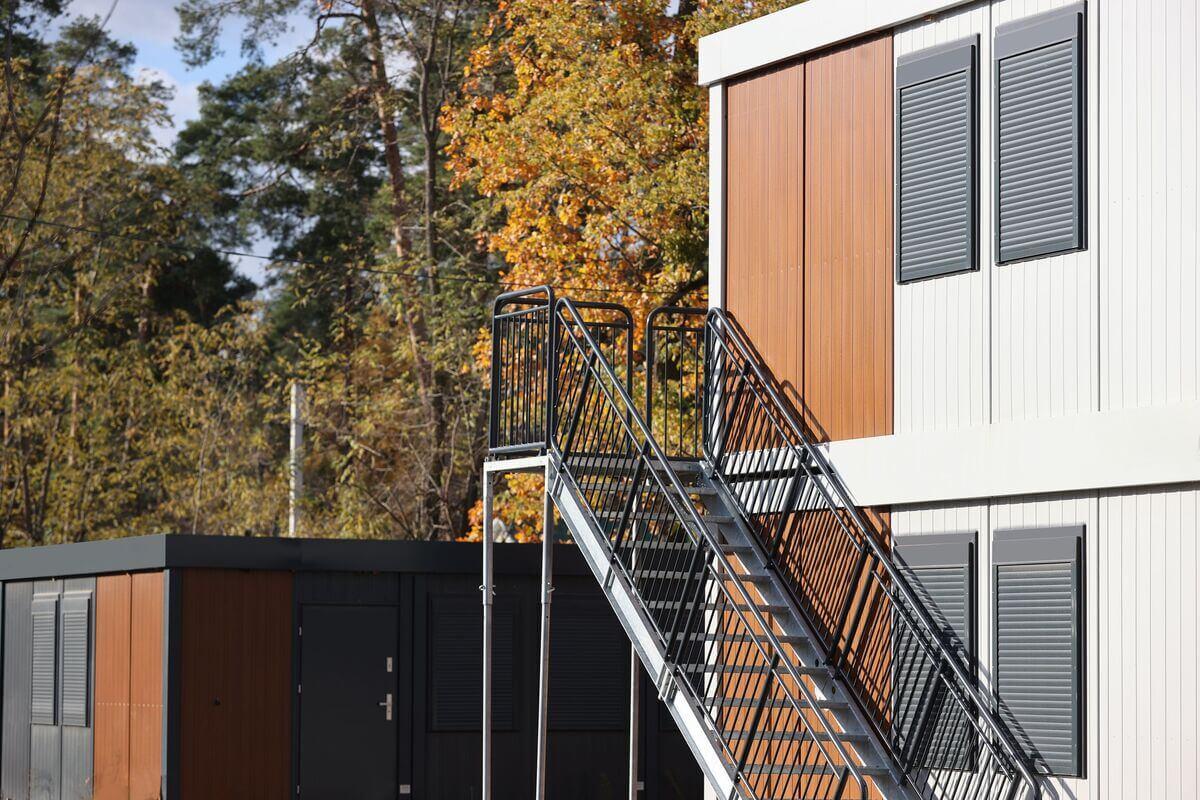
The Four Pillars of Appeal: Sustainability, Speed, Cost, Design
Sustainability: A Circular Economy Win
Shipping containers are global icons of waste. By repurposing decommissioned units, flat pack homes divert 3,500 kg of steel per container from landfills. Factory-controlled production also slashes on-site waste by up to 80%, per the Modular Building Institute. For cities targeting net-zero goals, this is a game-changer.
Speed: Building in Weeks, Not Months
Time is money—and flat pack homes save plenty of both. A traditional two-story apartment might take 6–9 months to build; flat pack versions? Just 12–16 weeks. Factory assembly runs parallel to site prep, eliminating weather delays. For housing crises or disaster relief, this speed is lifesaving.
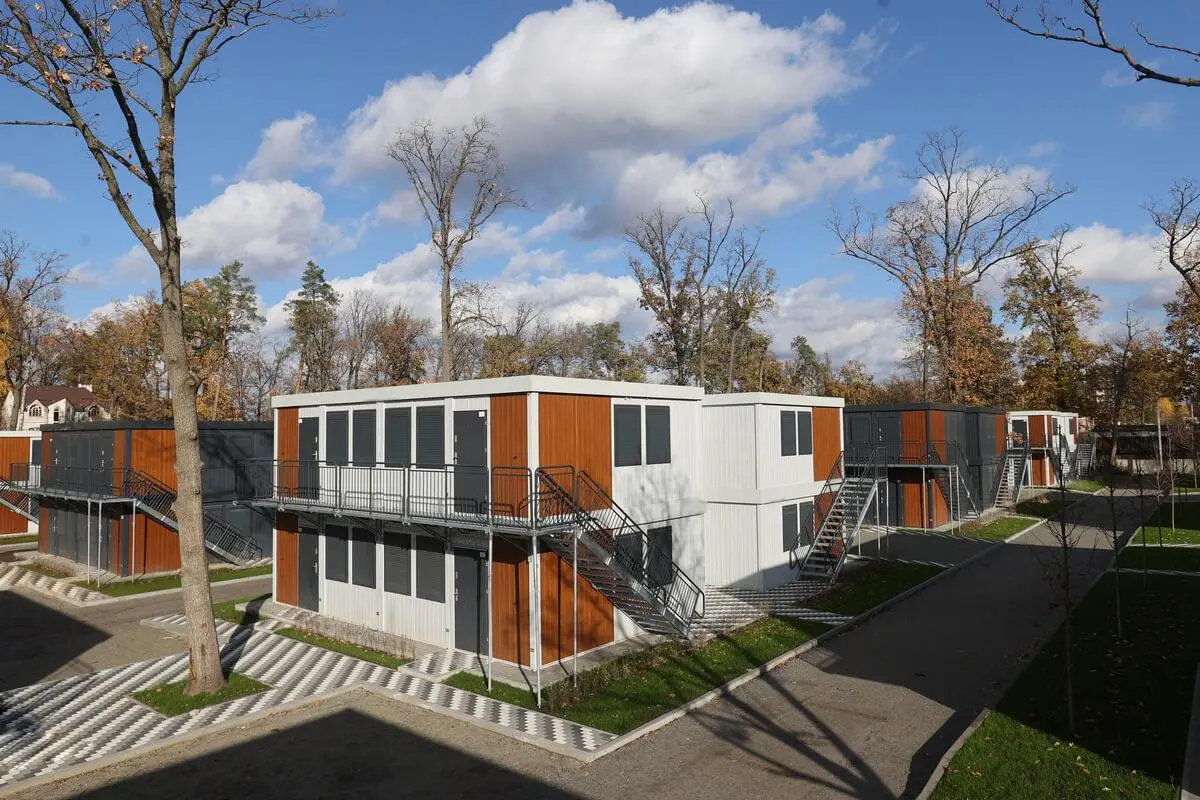
Cost: Affordable Without Compromise
McKinsey’s 2023 report found modular housing costs 15–20% less than conventional builds. Bulk manufacturing cuts material costs, while shorter timelines reduce labor expenses. This makes flat pack ideal for affordable housing, student dorms, or temporary offices.
Design: From Boxes to Bespoke
Gone are the days of cramped, industrial-looking containers. Modern flat pack homes boast open floor plans, mixed materials (wood, glass, metal), and vertical expansion. The project in the image features sleek wooden facades and metal staircases—proving modular design can rival luxury apartments.
Solving Global Housing Challenges
Flat pack container homes are tailor-made for urgent needs:
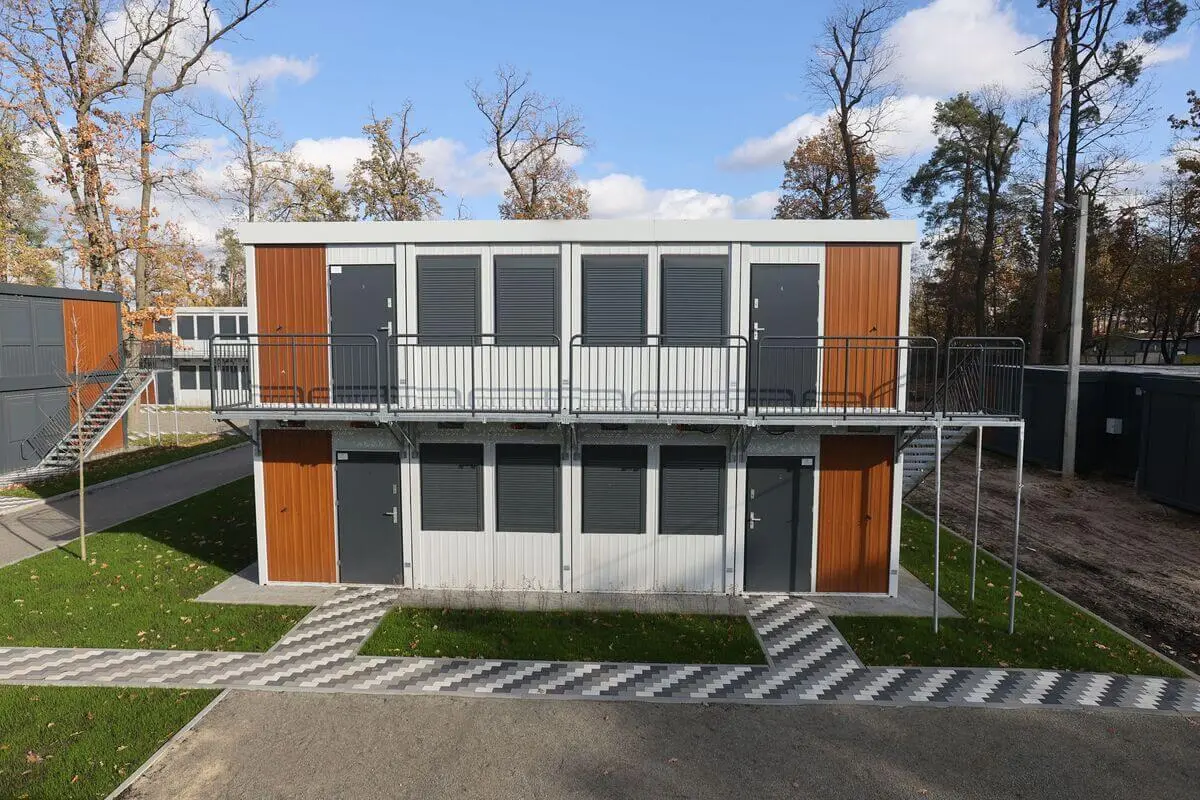
- Urban Shortages: In cities like Tokyo and New York, modular complexes fill gaps for workforce housing or student dorms. The two-story model pictured could house 8–12 families on a small plot.
- Humanitarian Aid: After disasters, flat pack units deploy rapidly as climate-controlled shelters. The UN has piloted such projects, praising their adaptability.
- Flexibility: Need to expand? Add modules. Relocate? Disassemble and move. This "plug-and-play" model outpaces fixed infrastructure.
Technology Upgrades: Comfort Meets Innovation
Early critics slammed container homes for poor insulation and noise. No more. Modern flat pack systems use high-performance insulation (spray foam, cellulose) to meet energy codes. Acoustic engineering quells noise, while pre-installed HVAC and smart tech (e.g., app-controlled lighting) add luxury.
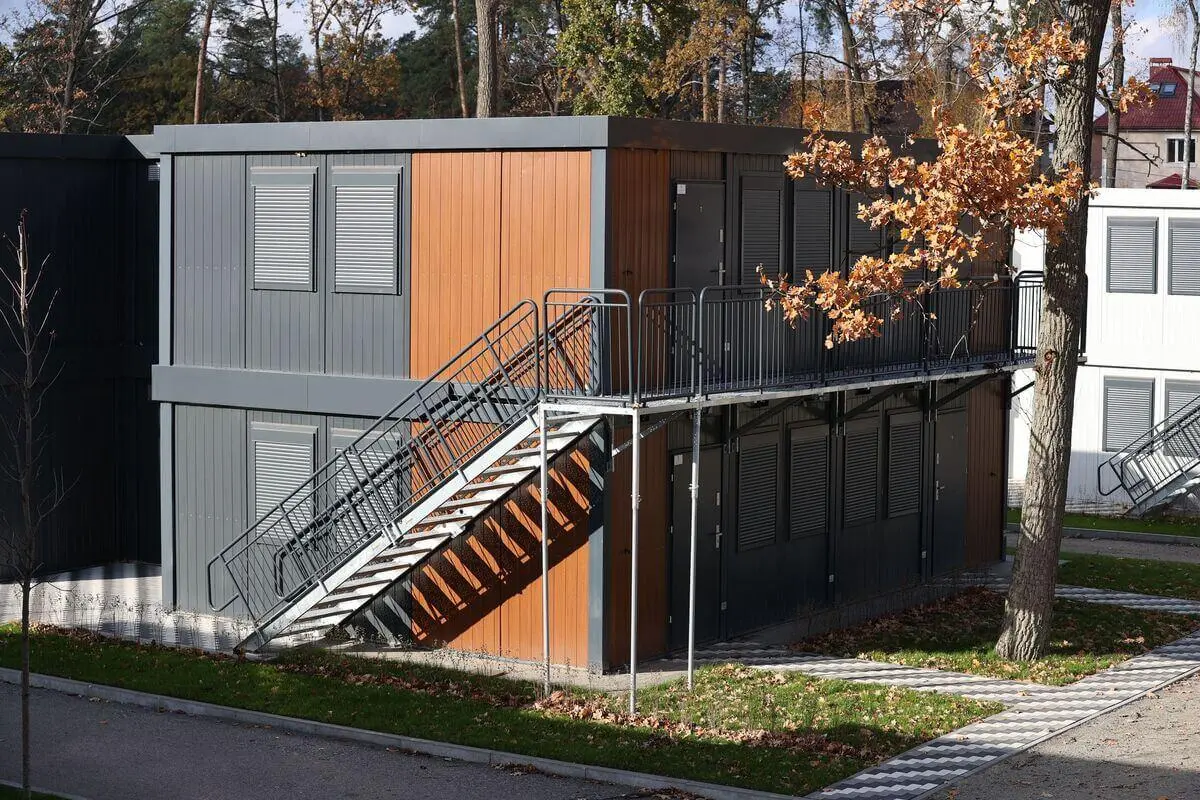
Interiors now rival conventional homes: full-sized kitchens, custom cabinetry, and light-filled rooms. The image’s complex likely includes private balconies and shared green spaces—erasing the "container" stigma.
The Future of Flat Pack Living
As adoption grows, three trends will dominate:
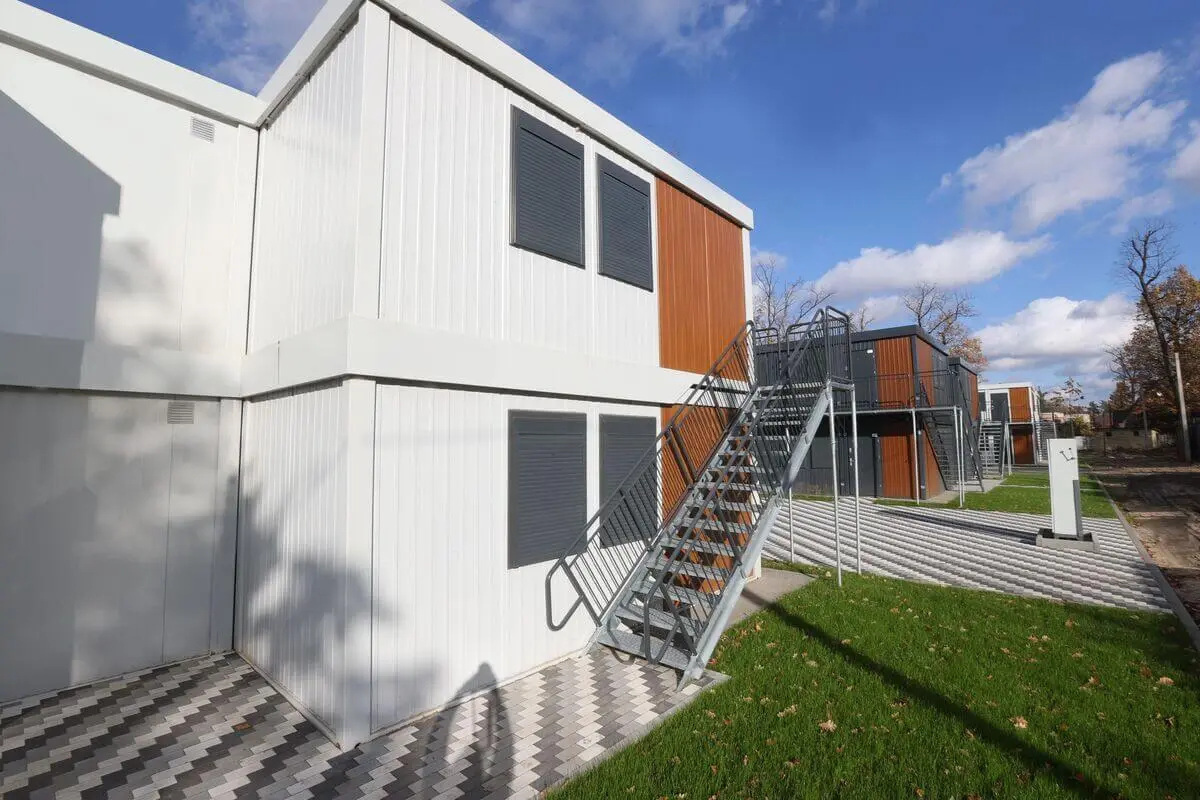
- Smart Integration: Solar panels, battery storage, and IoT systems will turn these homes into net-zero energy hubs.
- Urban Infill: Cities will repurpose vacant lots with modular developments, curbing sprawl.
- Policy Support: Governments are offering tax breaks and streamlined permits. In Portland, Oregon, a "Modular Fast Track" program cuts approval times by 50%.
Conclusion: A Paradigm Shift
Flat pack container homes aren’t just buildings—they’re a revolution. By merging sustainability, speed, and design, they offer a blueprint for addressing 21st-century challenges. As technology evolves and perceptions shift, these modular marvels will reshape skylines and redefine how we live—one flat pack module at a time.


